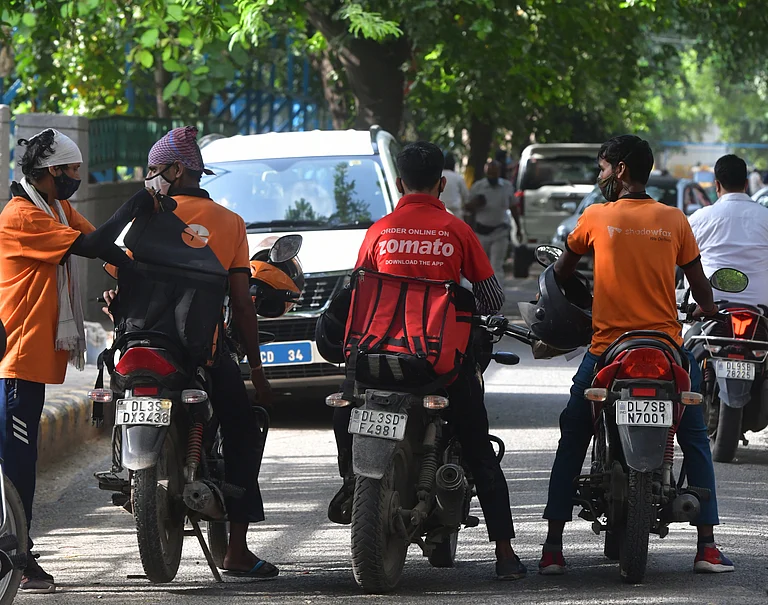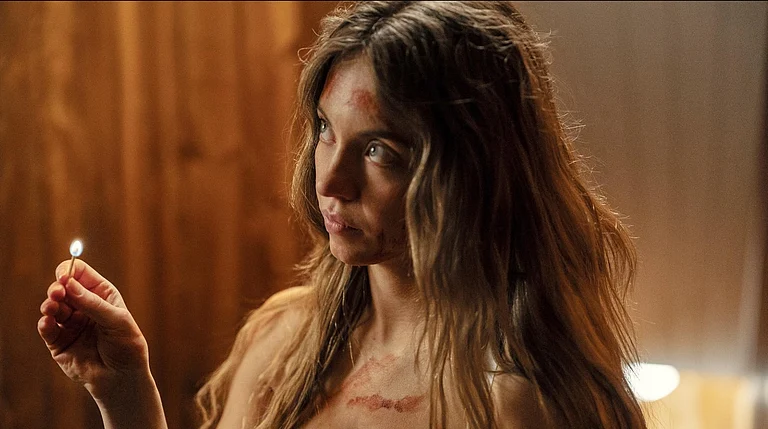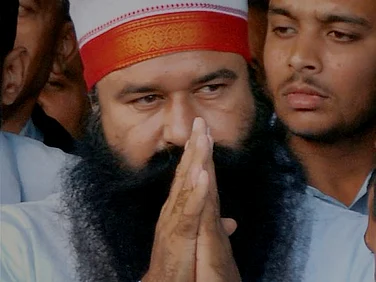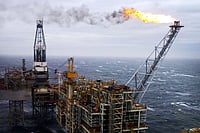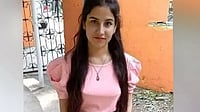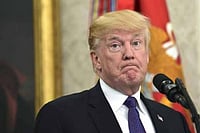The Bihar government on Monday released the findings of the caste survey conducted earlier this year.
The caste survey has become a central issue for the parties in Bihar and the Opposition alliance INDIA, which has raised the issue of the other backward classes (OBCs) in the run-up to the 2024 general elections.
Congress leader Rahul Gandhi has also called for a nationwide caste census. He has also criticised the Narendra Modi government for the exclusion of OBCs from the women's reservation law passed by the Parliament last month.
While Bihar conducted the caste survey this year, the demand for such an exercise in Bihar and at the national level is old and has picked up traction over the past year in the run-up to the upcoming Lok Saba elections.
Here we explain what's the Bihar caste survey, what the survey has found, and what's the sociopolitical relevance of the exercise.
What's Bihar caste survey?
The Bihar government on Monday released the findings of the caste survey.
The proposal for the caste survey was unanimously passed in the Bihar assembly twice in 2019 and then in 2020. At the time, Chief Minister Nitish Kumar of the Janata Dal-United (JD-U) was in a coalition with the Bharatiya Janata Party (BJP). Then, the survey exercise was started this year by the state government.
In the meantime, Nitish cut off ties with the BJP and formed government in the state with Rashtriya Janata Dal (RJD) and others under the banner of the 'Mahagatbandhan' (Grand Alliance). The parties of the Grand Alliance are also part of the 28-party Opposition coalition INDIA at the national level, which seeks to oust Prime Minister Narendra Modi in the 2024 general elections.
The Nitish government had gone ahead with the survey last year on its own after the Narendra Modi government at the Centre said that it would only include scheduled castes (SCs) and scheduled tribes (STs) in the national census, which was supposed to be conducted in 2021 but is yet to start.
The caste survey began in January and ran into rough waters when it was stayed by the Patna High Court in view of the petitions challenging it. The exercise, however, resumed later after the courts cleared it in August and junked the pleas.
Now, the findings of the survey have been released. Last year, the Nitish government had allocated Rs 500 crore for the exercise and had set February 2023 as the deadline, but the exercise began with a delay in January and the findings have therefore come nine months after the original envisioned timeframe.
While it is formally called a 'caste survey', it is a census for all practical matters as the exercise has computed the state's population and has recorded it as per the caste identity of the persons counted.
The findings of the Bihar caste survey
The Bihar caste survey has found that the 'backward communities' account for around 63 per cent of the Bihar's population.
The caste survey found that the total population of Bihar is around 13.07 crore.
Of these 13.07 crore, the extremely backward classes (EBCs) form the biggest component at around 36 per cent.
The other backward classes (OBCs) come second with around 27.13 per cent.
Individually, the caste survey found that the biggest social group is the Yadavas with 14.27 per cent share of the state population, a community among the OBCs to which the family of former Bihar CM and Rastriya Janata Dal (RJD) patriarch Lalu Prasad Yadav also belongs to. The RJD is the coalition partner of Nitish's Janata Dal-United (JD-U) and Lalu's son Tejashwi is the Deputy CM of Bihar.
Moreover, the scheduled castes (SCs), commonly called the Dalits, are 19.65 per cent of the state's population and scheduled tribes (STs) account for around 1.68 per cent of the Bihar's population, according to the caste survey.
The 'unreserved category', also called the 'general' category, comprises around 15.52 per cent of the state's population. This is the group commonly referred to as the 'upper castes'.
The sociopolitical relevance of the caste survey
The calls for the caste survey are related to the call for appropriate representation of the historically backward communities in public institutions and politics.
As things stand today, 15 per cent reservation exists for the scheduled castes (SCs) in government jobs and higher educational institutions, 7 per cent for the scheduled tribes (STs), and 22 per cent for the other backward classes (OBCs).
While the figures for the SCs and the STs were arrived at after accounting for their share in the population, the figure of 22 per cent for the OBCs was arrived at primarily to keep the reservation under the 50 per cent cap instituted by the Supreme Court in a case related to the OBC reservation, according to India Today.
India Today further noted that there is no one estimate for the OBCs as different figures have come from different government institutions.
"The Mandal Commission had estimated the OBC population at 52 per cent...The NSSO (National Sample Survey Organisation) surveys have provided different estimates between 1999 and 2007, varying from about 36 per cent to 45 per cent for OBCs...The UDISE+ [United District Information System for Education Plus] data show OBC children comprise 45 per cent students in primary schools," said the report.
In such circumstances, an argument for the caste census or caste surveys in states is that accurate assessment of the OBCs' population is needed to accordingly draft policies for their betterment, which may cover education, employment, and other development metrics. It has also been argued that caste surveys are required to ensure a community's representation as per their share in the population. The idea is rooted in the belief that the backward communities have a higher share in the population but fewer representation in public institutions and politics.
Those associated with the OBC movement, called the Mandal movement, have also seen the caste census as the next logical step after the reservation for OBCs.
The 'caste politics' of the Mandal-associated parties and calls for caste surveys are also meant to counter the 'religion politics' of the Bharatiya Janata Party (BJP). Notably, around the time the Mandal report came out that led to the reservation for the OBCs, the BJP and the broader Sangh Parivar of the Hindutva ecosystem had mounted the Ram Mandir movement. Together, the two sociopolitical currents were called the 'Mandal-Kamandal' politics — 'Kamandal' being a reference to the Hindutva politics as kamandal is a traditional water-pot carried by Hindu sages.
Now, the calls for the caste survey and the focus on the OBCs of the Congress party and others is part of their plan to counter the Hindutva of BJP and Prime Minister Narendra Modi, who stormed to power in 2014 with clear majority for the first time in three decades. Earlier, longtime political observer Kaviraj told Outlook that the Hindutva politics and caste politics are competing sociopolitical forces. He said the communal politics saves the BJP from caste consolidation as it competes with caste-based parties in UP and Bihar, such as Samajwadi Party (SP), Rashtriya Lok Dal (RLD), Bahujan Samaj Party (BSP), etc.
Earlier when Nitish Kumar was a coalition partner of the BJP, the caste survey demand was also seen as a way to keep the BJP in check in Bihar, with whom he and his party had differences. He was also the junior partner in Bihar as the BJP had more seats (74) than his party (43).
In 2011, the then Congress-led United Progressive Alliance (UPA) government had conducted a Socio-Economic Caste Census (SECC), but its data was never released as alleged irregularities were reported in the exercise. Now, over a decade later as elections approach, the Congress and the united Opposition are again demanding the caste census on a national scale.








